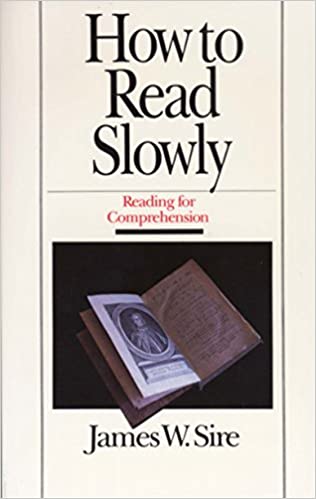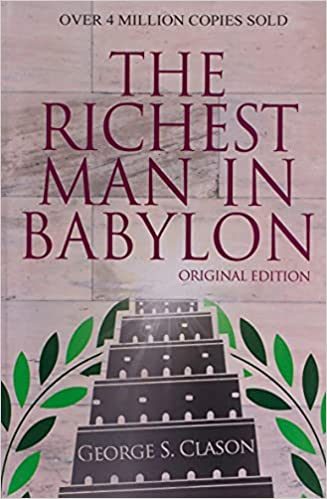The Book of Memory: A Study of Memory in Medieval Culture
Mary Carruthers’s classic study of the training and uses of memory for a variety of purposes in European cultures during the Middle Ages has fundamentally changed the way scholars understand medieval culture. This fully revised and updated second edition considers afresh all the material and conclusions of the first. While responding to new directions in research inspired by the original, this new edition devotes much more attention to the role of trained memory in composition, whether of literature, music, architecture, or manuscript books. The new edition will reignite the debate on memory in medieval studies and, like the first, will be essential reading for scholars of history, music, the arts and literature, as well as those interested in issues of orality and literacy (anthropology), in the working and design of memory (both neuropsychology and artificial memory), and in the disciplines of meditation (religion).
More info →How to Read Slowly: Reading for Comprehension
Do you truly read for comprehension?
How to Read Slowly: Reading for Comprehension will help reader see not only what writers say, but what lies behind their writing-their authorial standpoint. Divided by genre, students will learn to analyze the worldview of nonfiction, poetry, and fiction, as well as how to look at the larger context. Written for Christian readers. 191 pages, indexed, Paperback.
The Richest Man In Babylon
The Richest Man in Babylon, based on “Babylonian parables”, has been hailed as the greatest of all inspirational works on the subject of thrift, financial planning, and personal wealth. In simple language, these fascinating and informative stories set you on a sure path to prosperity and its accompanying joys. A celebrated bestseller, it offers an understanding and a solution to your personal financial problem. Revealed inside are the secrets to acquiring money, keeping money, and making money earn more money.
This original edition has the original language, content, and message from George S. Clason as intended in 1926. It's all here, uncensored.
More info →


